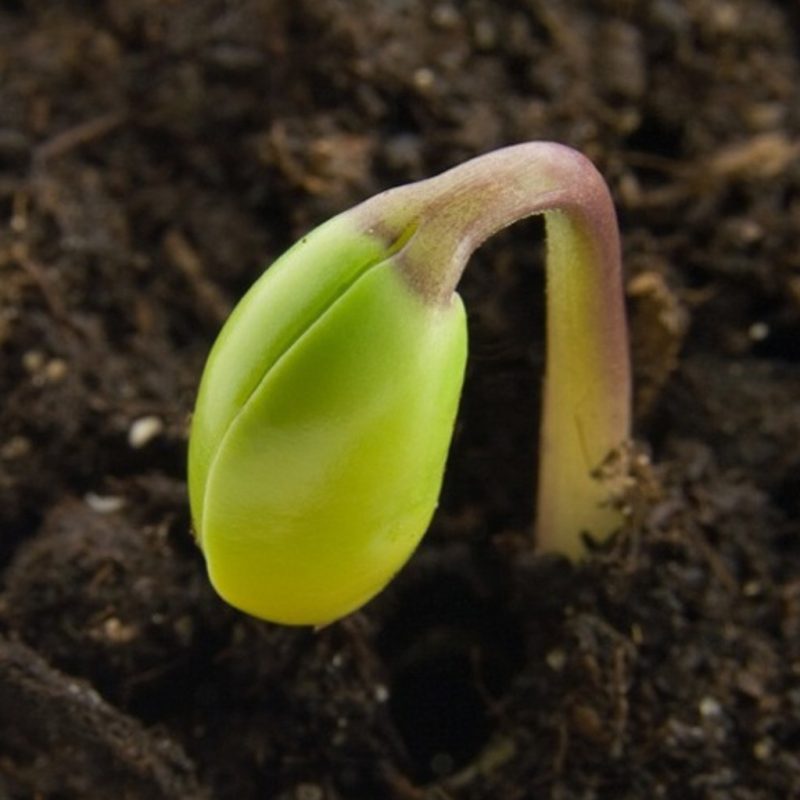A customer came into the garden center the other day with a plant that was clearly struggling. We took one look at the roots and said, “Did you plant this in XYZ potting soil?” His mouth fell open and he said, “How did you know?”
Yes, there’s that much of a difference in different potting soils and the health and success of your plants can easily depend on which you choose. All potting mixes are not created equal. In fact, most potting soils don’t actually contain any “soil” at all. Instead, they are a mix that can contain one of several components- bark, peat moss, perlite, sand, coir, a wetting agent, and sometimes other things.
Bark, perlite, and sand are the additives that work to lighten the mix and keep it aerated so that roots have plenty of room to grow. Bark can be found in many bagged soils. Perlite is the white granules that you see and this volcanic by-product can be found in most potting mixes of any type. Sand is also often added to promote better drainage.
Peat moss and coir are what work in a potting mix to help hold and retain moisture so your plants don’t dry out. Peat moss is usually the main ingredient in any potting soil and you will find some amount of it in most blends. Harvested from peat bogs in Canada, it is excellent in absorbing and holding water. Coir, a by product of coconuts, has become a popular addition to mixes lately and serves a dual purpose. It not only works to absorb and hold moisture, but because of its fibrous texture, it also helps to keep soil from becoming compressed.
Finally, wetting agents are usually added. When soil is manufactured, they dry the peat moss so when it’s packaged, companies add a wetting agent to help in moisture absorption to produce a mix that’s slightly damp when you open the bag. If they packaged it when it was completely dry, it would be difficult to wet down the first time and tend to float.
You may have seen commercial potting soils that contain other things- moisture holding crystals or fertilizer for instance. I’m not a fan of either for a couple of reasons. First, there is no way to know in what proportions those additives were mixed into that soil. I’ve seen the soils that have had too much fertilizer added in, or have it unevenly mixed making the mix too “hot” and thereby burning plants. Many people mistakenly believe that the fertilizer in the soil is adequate for the entire summer of growth when in reality it was only meant to be a starter charge. They then neglect to fertilize throughout the rest of the summer resulting in plants that end up weak and hungry. I actually like the idea of adding the moisture holding crystals, in fact we add them into all of the containers and hanging baskets we plant. However, if you don’t know the amount that’s been added to the soil, you could have some issues. If your plants require a lot of water you may need to add more crystals, or if they are something like a cactus that prefers drier conditions, they may need less. With both of these additives I prefer to do the adding myself because that way I can customize it for whatever plants I’m putting in it.
The type of soil you start with is critical to your plants success and this is definitely one place where you get what you pay for. Cheap mixes are substandard and often contain a lot of fillers which are inexpensive for the manufacturers to add. Invest in a good quality potting mix this spring when you get ready to plant your pots and garden and you’ll never regret the extra expense. Vic is now in his 53rd year in the greenhouse business and he says, “It all starts with the roots.” Keep the roots happy in great soil and the tops of your plants will thrive.

